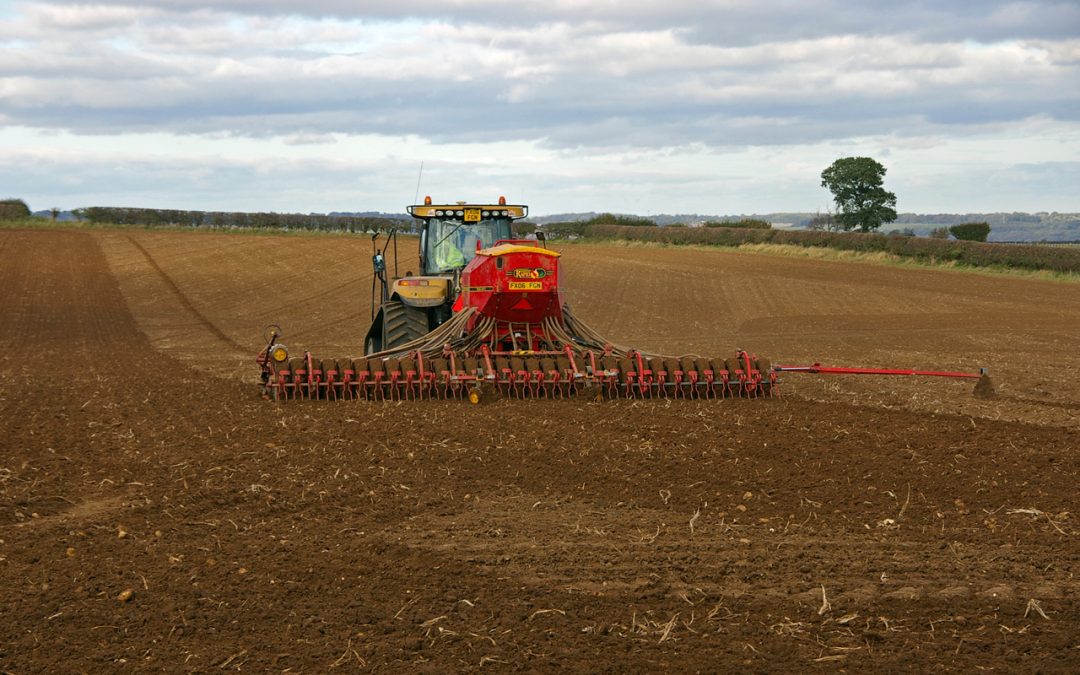This year for the first time we face sowing following a drought with very variable moisture levels, combined with uncertain fertiliser prices and availability. Inflation affecting inputs across the board, especially the cost of red diesel, and a drive towards regenerative agriculture and ultimately net zero.
What can we bring to the agronomy party to help cope with these changing conditions?
First, we need to know what is in the bank in terms of soil nutrition, not just what a sample can measure as total soil nutrients, but more importantly what will actually be available to the crop throughout its growing season.
Only then can we plan nutrition both agronomically effectively and cost-effectively. Irrespective of price changes, farmers need to know where to get the most “bang per buck” as our American cousins would put it.
Request more information on soil sampling
OptiYield from Emerald Research Ltd (ERL) is a generation ahead of anything else in being able to predict this. It has been well-proven over the last 10 years by potato and carrot growers, generating big returns for its devotees. Now is the time for all arable producers to embrace this holistic approach to crop nutrition.
Integral to the OptiYield programmes are the unique formulations that support it, and for Autumn 2022 sowings of cereals and Oilseed Rape we will be recommending (and also in trials with ADAS and NIAB).
Planting Product Focus
Product use and Application Rates:
- OptiYield Amino Mn – An amino-acid enriched formulation of humic Manganese. Manganese is vital for healthy winter survival at 0.5 to 1L/ha
- OptiYield BioBoost – Proven root development biostimulant at 0.5L/ha
- OptiYield Ruby – A Magnesium rich formulation for rapid ground cover (higher rates on OSR) at 1.5 to 3L/ha
- OSR crops will also need some Boron and Molybdenum and we recommend OptiYield Rape&Pulse Mix at 1-2kg/ha for Autumn use.
These treatments will follow applications of beneficial bacteria and fungi pre-emergence, and once ground-cover is established in the Spring, our new Foliar N formulation will replace soil-applied very economically, cutting overall N use by over 30-40% and reducing carbon footprint, GHG emissions, volatilisation losses and losses to groundwater by some very significant percentages.
ERL agronomy advice is available and product availability is direct from the scientists who developed it.


